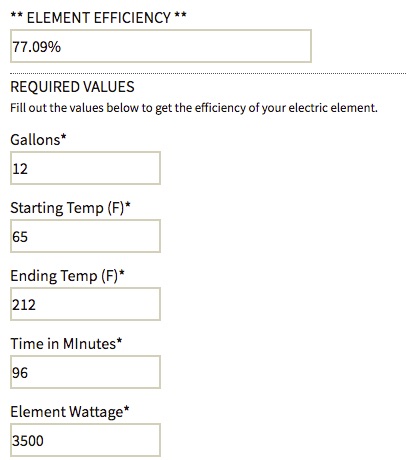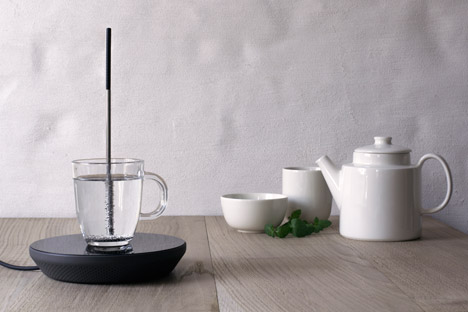Ironic to see I that I redirected you to your own thread!
I wasn't aware of the efficiency calculator on your site either.
It indeed hints to a slightly lesser efficiency (6.4%) on your system, perhaps due to the kettle material; there could be others, such as heat loss.
The factors involved to determine how efficient the induction energy is transferred to the wort is perhaps a bit more complex. To really assesses and compare transfer efficiency one could measure voltage and current in the supply line. Not the case here, but unless the same model unit is used, energy losses within each unit need to be subtracted to be fair. Kettle geometry, construction, insulation, etc. add a few more variables in regard to overall efficiency.
As I said I have the feeling my cheap light weight Polarware kettle is not quite as efficient as the Heavy Duty one. I'll try to measure it next time.








